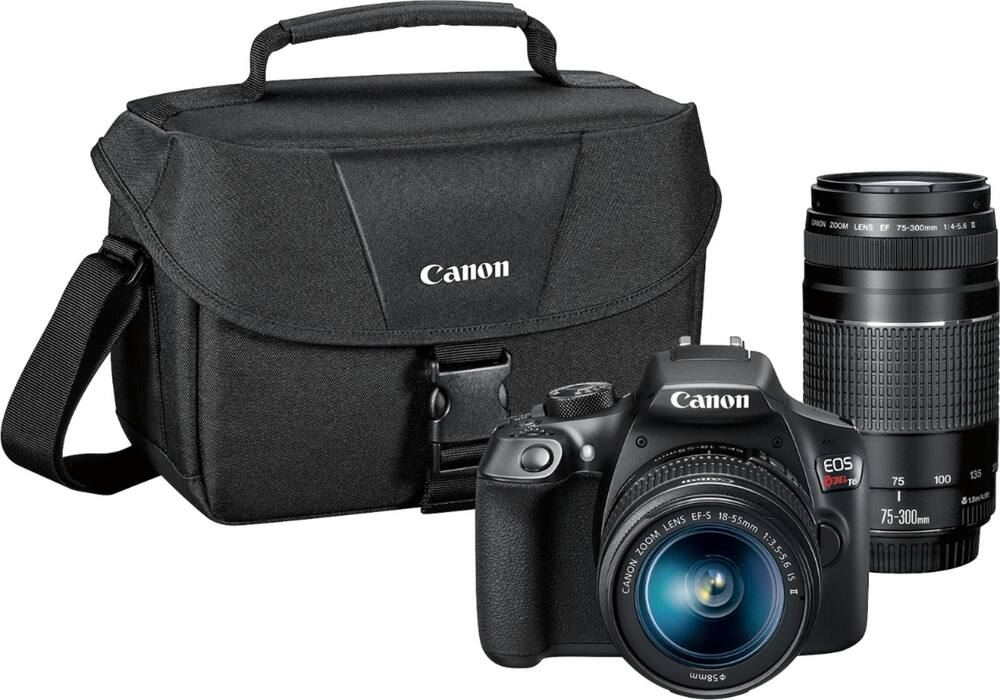Returning to my filmmaker roots well ahead of retirement age, Scenario RETROfilm’s little indie animation shop is progressing nicely with Olivia’s help and support. Here are our key technical investments:

Everything revolves around Dragonframe‘s amazing stop motion software and communication protocols. Compared to back when I did stop motion in the early 80s, the process is infinitely easier today. For example, Dragonframe has an “onionskin” feature which lets you superimpose the previous frame over the current frame in order to check your puppet moves. So you get immediate feedback instead of waiting a week to get your Super 8mm film back from a Kodak lab.

Believe it or not, most stop motion is shot on DSLR cameras — not video (or film) cameras. This bundle was the best value which still meets all of Dragonframe’s requirements, as it communicates best with Canon EOS bodies. That includes the ability to display a live digital view on a Mac through the lens, and the ability to control every aspect of the exposure for every frame. This camera can produce 4K RAW images, which Dragonframe then strings together in sequence at whatever frame rate you want. That’s typically 24 fps, which means a 10-second scene is 240 frames and a 10-minute film is 14,400 frames.
The only modification I made was to swap out the Canon primary lens with a Nikon manual aperture lens. That way Dragonframe can take control of the aperture and eliminate any chance of flicker between frames. This is a known problem and a long-established solution among animators.

This is a 4-axis motion control rig sold by eMotimo in San Diego. It’s basically a robot that can smoothly repeat complex camera moves across a scene, producing the parallax shots that today’s short-attention-span-challenged audiences expect. The eMotimo Spectrum ST4 is the only head that talks directly to Dragonframe and can scrub through a shot in real time. That is a godsend to animators. That means if you screw something up in the middle of a scene that has taken hours to animate, you can simply undo those frames and the camera will move back to the precise position it was in. This rig is also great for time lapse shots and even live, unassisted interview shots. Not pictured is its remote control: An off-the-shelf PlayStation 4 DualShock controller. Simply brilliant. Kudos to eMotimo’s team, led by founder Brian Burling. He personally sold me this system.

The slider will rest atop this adjustable platform made by VIVO (the same company that made the retractable TV ceiling mount in my RETROvan).

I’ll cut a rounded top myself out of 2’x8’x3/4″ cherry plywood. Then I can mount all kinds of equipment to it, like a power strip, drawer, keyboard shelf and even my iMac itself via a VESA bracket. This is much better than having one or two tripods sprawled out next to your set, as tripping hazards.

Overhead we have some cool studio track lights, fitted with LED bulbs (both daylight and warm). We’ll supplement these with other articulated desk lamps and in-set lighting as needed.
So yeah, we’ve been pretty busy writing scripts, acquiring props and building sets — inbetween our day jobs of course. I’ll post some photos of them later. Generally we’re working in 2x2x4-foot modules using 1/2″ plywood. Three such sets are currently under construction and they look amazing. Each set will simply move to a larger desktop (under those studio lights) for shooting, in production order.

























